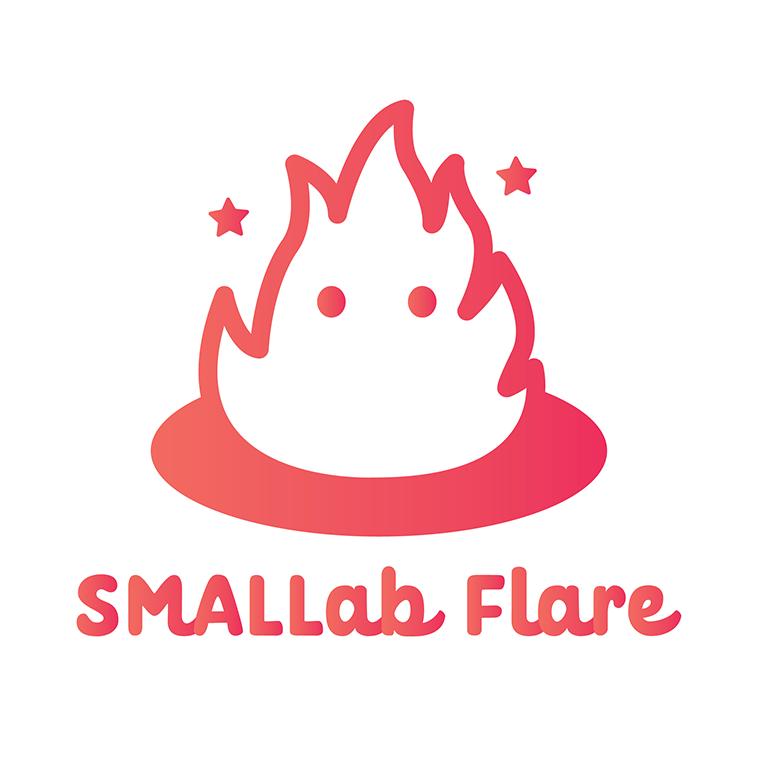Iteration, iteration and iteration!
Having sketched out final task lists for the last few weeks of the semester and set final scopes, the team got started on development of these prototypes.
Prototype 1 – Interactive virtual chill room
Programming
On the programming side, some of the feedback we got on the art assets in the space was that they were too ‘static’. In order to give a realistic feel to it, we decided to put in more realistic water, rather than the current blank canvas.
This floating effect gave the flowers and lily pads greater realism and more feels for interacting with them.
Art
To add onto the current interactions in this space, we wanted there to be a mix of bloomed and un-blossomed lotuses in the space. Yifan added an animation of a blossoming lotus, along with different colored lotuses in the space.
Prototype 2 – Let it out! – Collaboration game
Technical art
The main iteration left to do was in the space of representing emotions as spheres.
For that purpose, Tanvi began making iterations on each emotion sphere we aimed at having in the final experience. We wanted to send a survey over to the students during our usual Wednesday school visits.
Anger
For anger, on the advice of faculty, we aimed to integrate the idea of ‘Kiki’ to represent extreme anger, and lean towards ‘Boba’ for reduced anger.
For the survey, we provided 5 effects to them to choose the ‘angriest’ and least angry from.
(E) came off as the angriest to the students, with (B) coming in second. (C) was least angry according to the students. Essentially, the ‘Kiki’ effect was working on the students.
When asked what made (E) the angriest, some quotes were –
“The shape felt harsh, the color is associated with anger, and it is flashing aggressively at me”
“It is chaotic, and a bit more closed.”
Sadness
For sadness, the main inspiration as suggested by faculty was sad slow movement, almost as slow as a lava lamp. Another point of inspiration was dark, gloomy clouds. As an attempt to combine all of these, but also put it on a black background, Tanvi developed different versions of what sadness could look like.
The response to this was a bit more split than the previous question.
What made it helpful to make the final version was to look at the opinions of the students on what made it sad.
Some helpful quotes are –
“Its small, looks broken, and has a frozen ice appearance like its about to break”
“because it is empty and never really reaches the inside of the circle.”
“It looks like a teardrop”
A final design can thus be a slightly brighter version of (E), as dullness of the color does not seem to reflect sadness to the students.
However, what was also interesting was, when asked which is least sad, (B) had a majority based on the fact that the movement of the sphere reminds them of water and the edges of the sphere are smooth.
Positive emotion
In an iteration of our prototype, we narrowed down ‘Joy’ and ‘Hope’ to a single positive emotion sphere to set a realistic scope for us in the next few weeks.
When the students were asked which seems most positive to you,
A few quotes that made it look most positive were –
“It was the brightest with the most vibrant color and it was also completely filled in which just makes it seem calmer”
“Because it is full and bright and shining.”
When asked the least positive emotion, in a majority, all students voted for (E). The hollowness of the sphere did not reflect any positivity to them.
Having finalized these shaders, Tairan can get started on the programming behind the behavior of these spheres.
Building on another piece of feedback of the earlier ‘door’ of the game and its’ significance not being obvious to the players, we worked on the next iteration of the arena the students would be playing in.
Before –
After –
Here, the visual feedback of pushing emotions through the gap would be in the border of the arena.
Prototype 3 – Competitive
Art
The main addition left in this prototype was to add a brief tutorial in the beginning of the experience. We aimed to make it short and concise. Having done an initial storyboard and received feedback on it, Yifan made a 30 seconds tutorial for the experience, quickly explaining the rules of the game.
Next steps –
- Add final effects in Prototype 1 with sound effects
- Develop on all planned features on Prototype 2
- Add tutorial and sound effects to Prototype 3 to get it ready for playtesting for Softs
- Prepare next draft of Game design document for feedback
